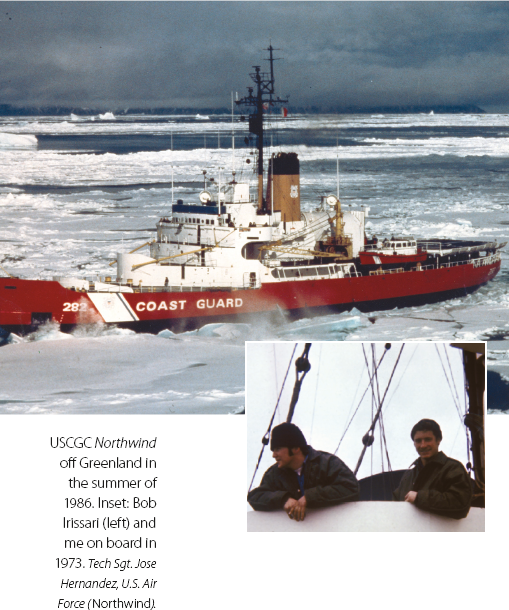Sturm - Finding the Arctic: History and Culture Along a 2,500-mile Snowmobile Journey From Alaska to Hudsons Bay
Here you can read online Sturm - Finding the Arctic: History and Culture Along a 2,500-mile Snowmobile Journey From Alaska to Hudsons Bay full text of the book (entire story) in english for free. Download pdf and epub, get meaning, cover and reviews about this ebook. year: 2012, publisher: University of Alaska Press, genre: Non-fiction. Description of the work, (preface) as well as reviews are available. Best literature library LitArk.com created for fans of good reading and offers a wide selection of genres:
Romance novel
Science fiction
Adventure
Detective
Science
History
Home and family
Prose
Art
Politics
Computer
Non-fiction
Religion
Business
Children
Humor
Choose a favorite category and find really read worthwhile books. Enjoy immersion in the world of imagination, feel the emotions of the characters or learn something new for yourself, make an fascinating discovery.
- Book:Finding the Arctic: History and Culture Along a 2,500-mile Snowmobile Journey From Alaska to Hudsons Bay
- Author:
- Publisher:University of Alaska Press
- Genre:
- Year:2012
- Rating:4 / 5
- Favourites:Add to favourites
- Your mark:
Finding the Arctic: History and Culture Along a 2,500-mile Snowmobile Journey From Alaska to Hudsons Bay: summary, description and annotation
We offer to read an annotation, description, summary or preface (depends on what the author of the book "Finding the Arctic: History and Culture Along a 2,500-mile Snowmobile Journey From Alaska to Hudsons Bay" wrote himself). If you haven't found the necessary information about the book — write in the comments, we will try to find it.
The history of the Arctic is rich, filled with fascinating and heroic stories of exploration, multicultural interactions, and humans facing nature at its most extreme. In Finding the Arctic, the accomplished arctic researcher Matthew Sturm collects some of the most memorable and moving of these stories and weaves them around his own story of a 2,500-mile snowmobile expedition across arctic Alaska and Canada.
During that trip, Sturm and six companions followed a circuitous route that brought them to many of the most historic spots in the North. They stood in the footsteps of their predecessors, experienced the landscape and the weather, and gained an intimate perspective on notable historical events, all chronicled here by Sturm. Written with humor and pathos, Finding the Arctic is a classic tale of adventure travel. And throughout the book,Sturm, with his thirty-eight years of experience in the North, emerges as an excellent guide for any who wish to understand...
Sturm: author's other books
Who wrote Finding the Arctic: History and Culture Along a 2,500-mile Snowmobile Journey From Alaska to Hudsons Bay? Find out the surname, the name of the author of the book and a list of all author's works by series.












